
Roots
The quiet rustle of leaves, the ancient whisper of winds through ancestral trees—these natural rhythms often hold a wisdom we overlook. So too, with the strands that crown us. For those with textured hair, understanding the very fibers of our being begins not with a product on a shelf, but with a gaze into the distant past. How did the world first see these spirals, coils, and waves?
And what echoes of those early gazes still shape the routines we follow today, the ingredients we seek, the very conversations we hold about our hair? It is a gentle invitation to consider the fundamental connections between our hair’s deep history and its vibrant present.

The Anatomy of Coiled Strands
To truly appreciate the needs of textured hair, one must first comprehend its unique architecture. Unlike straight hair, which typically presents a circular cross-section, textured strands are often elliptical or even ribbon-like when viewed under a microscope. This distinctive shape contributes significantly to the formation of curls and coils. The hair shaft itself does not grow straight out of the scalp; instead, it emerges from a curved follicle.
The degree of this curvature dictates the tightness of the curl pattern. A highly curved follicle produces a tighter coil, while a less curved one yields a looser wave.
Beyond the macroscopic appearance, the internal structure also plays a role. The distribution of keratin, the primary protein component of hair, can be uneven within a textured strand. This unevenness can contribute to points of weakness along the curl’s bend, making textured hair more prone to breakage if not handled with care. The cuticle, the outermost protective layer of the hair, also behaves differently.
In straight hair, cuticle scales lie flat, offering a smooth surface. On textured hair, these scales tend to be more raised, particularly at the curves of the strand, which can lead to increased porosity and a greater propensity for moisture loss. This fundamental anatomical difference sets the stage for understanding why textured hair often requires distinct approaches to hydration and protection.

Early Classifications and Perceptions
Long before modern scientific classification systems, human societies developed their own ways of categorizing hair, often imbued with cultural meaning. In many ancient African societies, hair was not merely an aesthetic feature; it was a powerful symbol of status, spirituality, and identity. Intricate styles communicated marital status, age, tribal affiliation, and even wealth.
For example, in the Yoruba culture, specific braiding patterns could denote royalty or spiritual devotion. These perceptions celebrated the natural diversity of textured hair, viewing it as a canvas for cultural expression and a marker of individual and collective heritage.
Ancient perceptions of textured hair often centered on its profound cultural and spiritual significance.
However, as colonial expansion gained momentum, particularly from the 15th century onward, these indigenous understandings began to clash with Eurocentric beauty standards. European colonizers, encountering diverse hair textures, often categorized them through a lens of difference and perceived inferiority. Straight hair became the unspoken norm, and anything deviating from it was often deemed “unruly,” “wild,” or “unprofessional.” This shift was not merely aesthetic; it was deeply intertwined with the dehumanization and subjugation of enslaved peoples.
Hair was forcibly shorn, styles were forbidden, and a systematic denigration of textured hair became a tool of oppression. This historical context is vital for understanding the origins of many modern biases.

The Language of Textured Hair
The lexicon we use to describe textured hair today is a fascinating blend of historical influence and contemporary reclamation. Terms like “kinky,” once used pejoratively, are now embraced by many within the natural hair community as descriptors of beauty and uniqueness. The Andre Walker Hair Typing System, while not without its critiques, became a widely adopted framework for categorizing hair textures, ranging from Type 1 (straight) to Type 4 (coily). Within Type 4, further distinctions like 4A, 4B, and 4C help individuals pinpoint their specific curl pattern, influencing product choices and care techniques.
- Type 4C Hair often exhibits the tightest, most densely packed coils, which can appear as a zigzag pattern.
- Hair Porosity describes the hair’s ability to absorb and retain moisture, a critical factor for textured hair.
- Coily Hair refers to strands that form tight, spring-like spirals, often with significant shrinkage.
Yet, even as we adopt these classification systems, a quiet understanding persists that hair is more than a number or a letter. It is a dynamic, living aspect of our being, shaped by genetics, environment, and personal history. The words we choose to describe it hold weight, capable of either perpetuating old harms or fostering a renewed sense of appreciation and care. The journey to a respectful lexicon is ongoing, continually adapting as communities redefine their own standards of beauty.
The scientific understanding of hair growth cycles also plays a role in how we perceive and care for textured hair. The three main phases—anagen (growth), catagen (transition), and telogen (resting)—are universal. However, the density and fragility of textured hair can make issues like shedding more noticeable or lead to concerns about hair loss if not properly understood. Historical perceptions, sometimes leading to harsh treatments or neglect, often interfered with healthy growth cycles, making modern knowledge of these biological processes even more crucial for informed care.
| Aspect Hair Texture |
| Historical Perception (Pre-20th Century Western) "Unruly," "nappy," "wild," needing to be straightened. |
| Modern Understanding (Roothea Perspective) Diverse, unique, beautiful, deserving of tailored care. |
| Aspect Care Practices |
| Historical Perception (Pre-20th Century Western) Harsh chemicals, heat for straightening, minimal moisture. |
| Modern Understanding (Roothea Perspective) Gentle cleansing, deep conditioning, protective styling, moisture retention. |
| Aspect Symbolism |
| Historical Perception (Pre-20th Century Western) Marker of perceived inferiority, needing conformity. |
| Modern Understanding (Roothea Perspective) Identity, heritage, self-expression, natural beauty. |
| Aspect Products |
| Historical Perception (Pre-20th Century Western) Limited, often damaging, focused on altering texture. |
| Modern Understanding (Roothea Perspective) Diverse range, tailored to porosity and curl pattern, focused on health. |
| Aspect This table illustrates the profound shift in how textured hair is viewed and cared for. |

Ritual
Having touched upon the fundamental fibers and historical currents, we now turn to the daily rhythms and deeper practices that define modern textured hair care. It is here, in the gentle application of conditioner, the careful sectioning for braids, or the mindful wrapping for slumber, that knowledge transforms into action. These are not merely tasks; they are quiet acts of reverence, shaped by centuries of adaptation and recent rediscoveries. The practices we choose today reflect a conscious departure from past pressures, a deliberate embrace of what truly nourishes and protects.
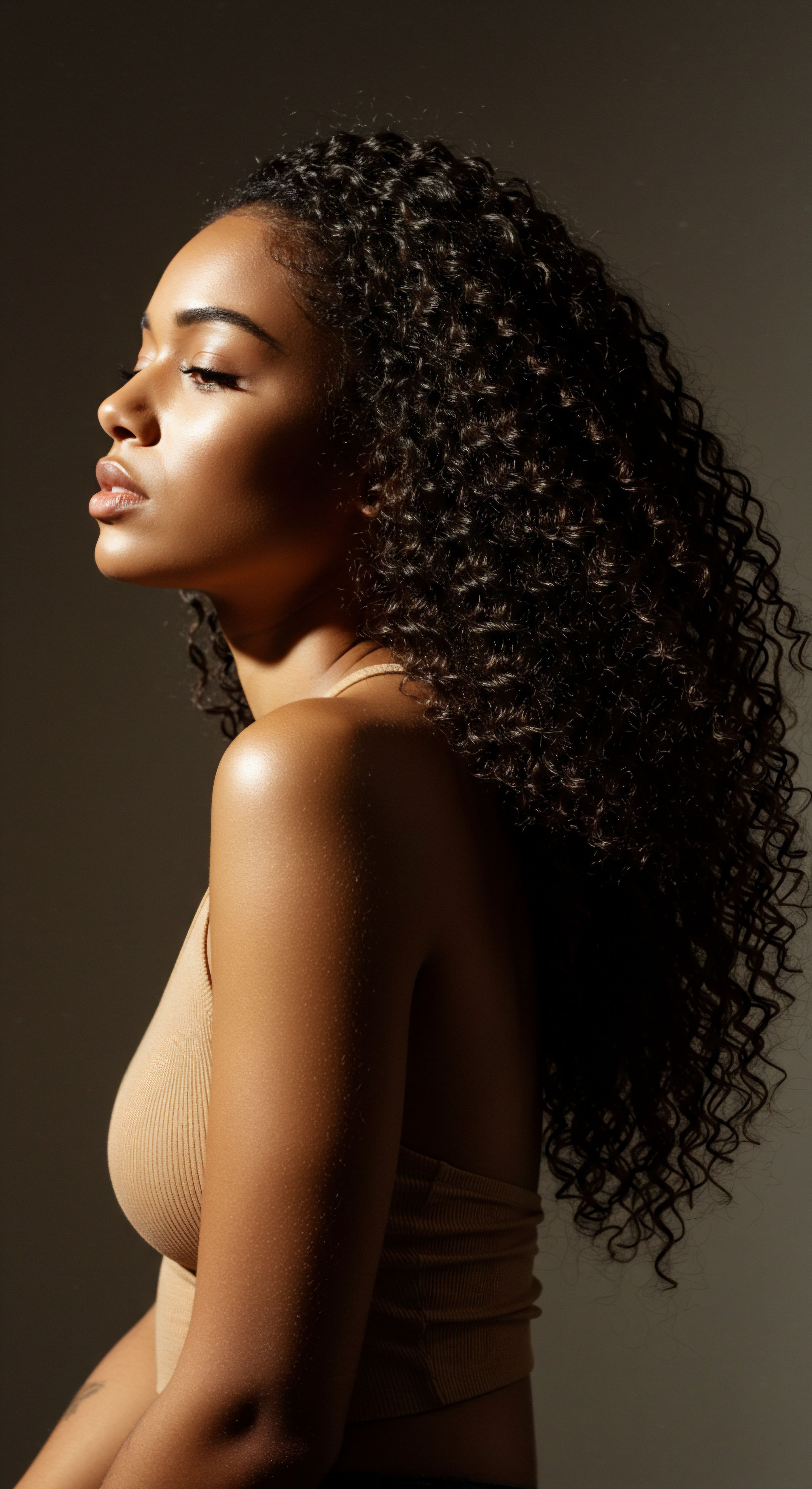
Protective Styling as Heritage
Protective styling, in its myriad forms, stands as a testament to both practicality and cultural continuity. Braids, twists, and locs, far from being fleeting trends, possess a lineage stretching back thousands of years across various African civilizations. These styles originally served vital purposes beyond aesthetics ❉ they kept hair tidy for work, signified social standing, and offered a means of hygiene and protection from the elements. In many historical contexts, the communal act of braiding was a cherished ritual, a time for storytelling, bonding, and the transmission of knowledge from elder to youth.
The influence of historical perceptions is starkly evident in the evolution of protective styling. During periods of oppression, these styles were often demonized or banned, forcing individuals to abandon practices that were intrinsically linked to their identity. Yet, the resilience of these traditions meant they survived, often in secret, passed down through generations.
Today, protective styles are celebrated not only for their ability to minimize manipulation and shield delicate ends from environmental damage but also as powerful expressions of cultural pride and connection to ancestry. Modern adaptations, like knotless braids or crochet styles, build upon these ancient foundations, blending tradition with contemporary convenience.

The Science of Definition
Achieving curl definition, a common goal in modern textured hair care, is a delicate dance between hydration, product application, and gentle manipulation. Historically, the pursuit of “neatness” often led to methods that stripped hair of its natural oils or subjected it to extreme heat to force a straighter appearance. The concept of defining one’s natural curl pattern was often secondary to altering it.
Modern care prioritizes the gentle definition of natural texture over historical alteration.
Today, understanding how to enhance natural definition relies on principles of moisture and emollients. Products designed for textured hair often contain humectants to draw moisture from the air, and emollients to soften and smooth the cuticle. Techniques such as finger coiling, shingling, or using a denman brush work by encouraging the hair strands to clump together, forming distinct curl families.
This gentle approach respects the hair’s natural inclination, allowing its inherent beauty to shine without harsh interventions. The evolution from forceful alteration to gentle enhancement marks a significant shift in perception, rooted in a deeper appreciation for the hair’s intrinsic structure.
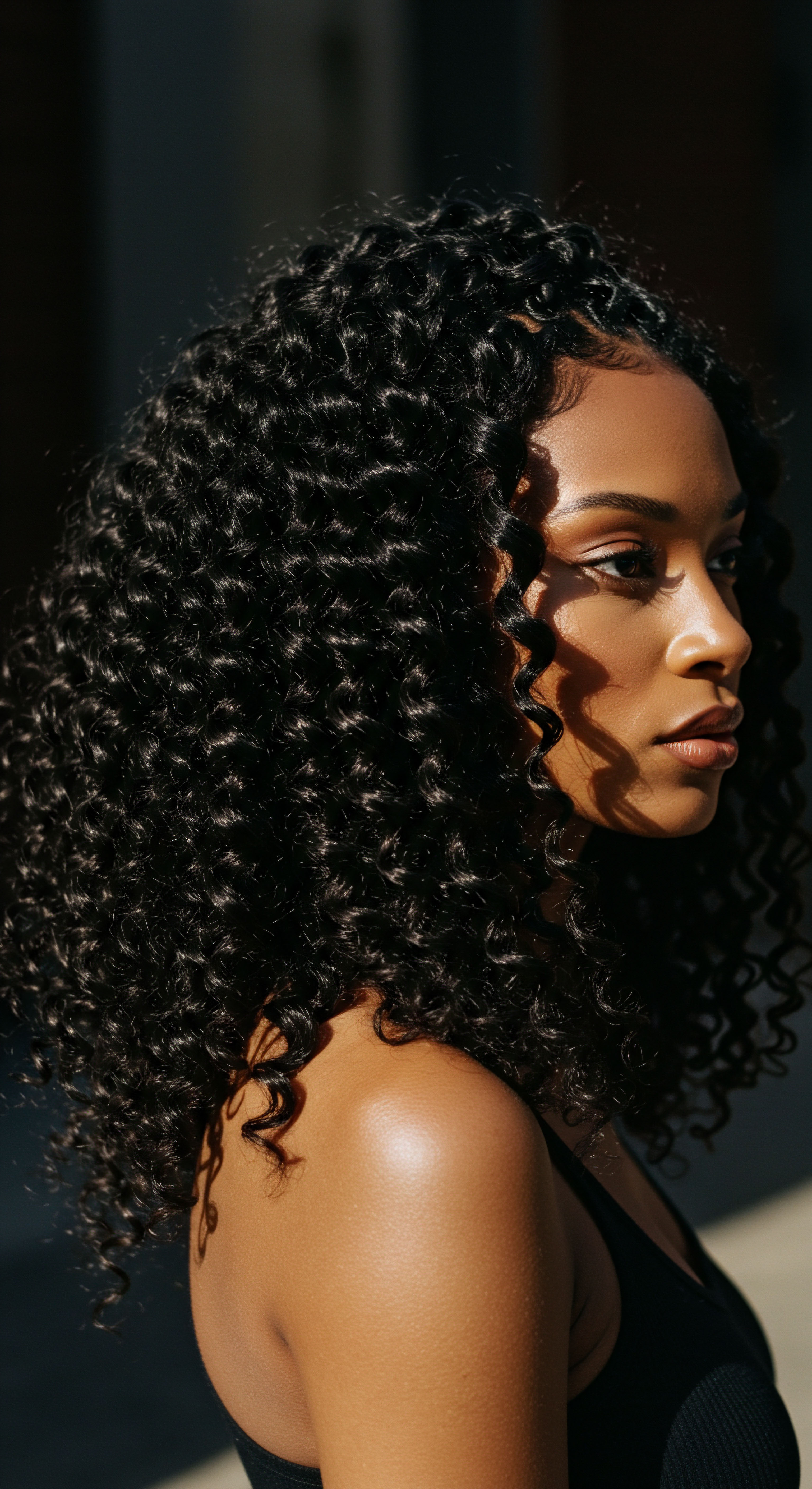
Wigs and Extensions as Expression
The use of wigs and hair extensions also carries a complex historical weight. In many ancient cultures, wigs served as symbols of status, protection, or ceremonial attire. In contrast, during certain periods of Western history, and particularly in the context of racial discrimination, wigs and extensions were sometimes used to conform to dominant beauty standards, offering a temporary escape from societal judgment or professional barriers associated with natural textured hair. The ability to quickly change one’s appearance, to present a different “look,” was a practical response to a world that often penalized natural texture.
Presently, the landscape has shifted considerably. While the desire for versatility remains, the use of wigs and extensions is increasingly viewed through a lens of creative expression and protective styling. They offer an opportunity to experiment with colors, lengths, and textures without altering one’s own hair, or to provide a period of rest for delicate strands.
The availability of human hair and synthetic options in a vast array of textures means that individuals can choose extensions that perfectly match their own curl pattern, or boldly venture into entirely new aesthetics. This modern approach to wigs and extensions reflects a reclamation of agency, transforming tools once used for conformity into instruments of self-definition and stylistic freedom.

Thermal Reconditioning and Its Past
The history of heat styling and thermal reconditioning for textured hair is perhaps one of the most poignant illustrations of historical perceptions. The hot comb, introduced in the late 19th and early 20th centuries, became a widespread tool for straightening textured hair, often at the cost of scalp burns and significant hair damage. This practice arose from immense societal pressure to achieve a “respectable” or “acceptable” appearance, which almost invariably meant straight hair in the prevailing beauty standards. The very act of straightening became a ritual of survival, a means to navigate a world that discriminated against natural texture.
Modern thermal reconditioning techniques, such as silk presses or keratin treatments, are significantly more advanced and, when performed by skilled professionals, can minimize damage. However, the historical context of heat styling still casts a long shadow. The awareness of potential heat damage—dryness, breakage, loss of natural curl pattern—is now a central concern in modern care. The emphasis has moved from aggressive alteration to informed, minimal heat use, or even complete avoidance for those committed to preserving their natural texture.
This shift reflects a deeper understanding of hair health and a rejection of the historical imperative to straighten at any cost. The goal is no longer to permanently change the hair’s structure, but to offer temporary versatility with minimal impact on its long-term vitality.
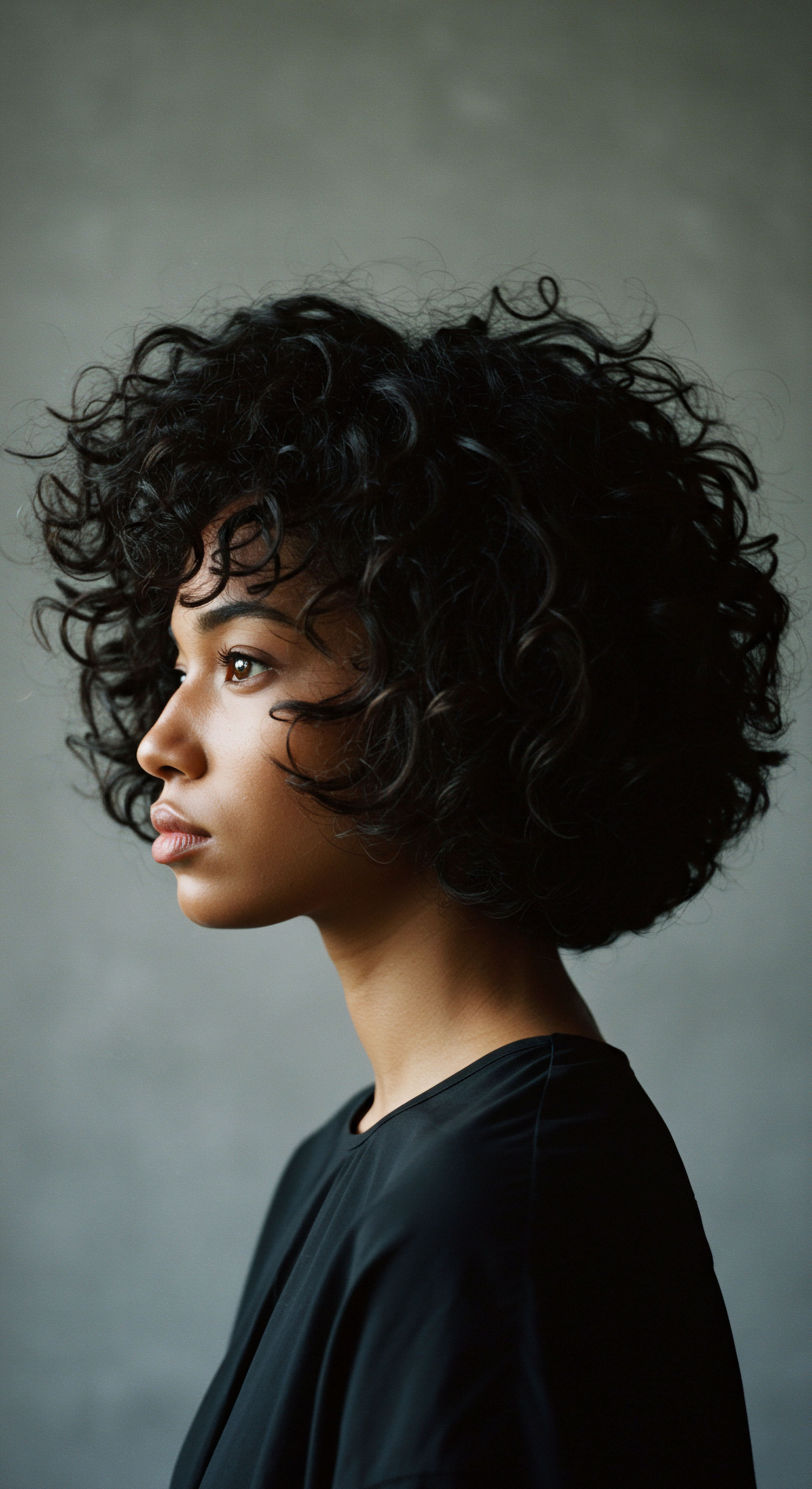
Relay
Moving from the practicalities of daily ritual, we now consider the deeper currents that connect historical perceptions to the very fabric of modern textured hair care. This exploration moves beyond individual routines to examine the scientific, psychological, and societal interplay that shapes our relationship with hair. It is here that the subtle yet profound influences of the past reveal themselves most clearly, inviting a critical and informed perspective on how we approach hair health today.

The Psychological Weight of Historical Standards
The historical denigration of textured hair has left an indelible mark on the collective psyche, manifesting as internalized beauty standards and, for some, a lingering sense of inadequacy regarding their natural hair. Generations were taught, implicitly and explicitly, that straight hair was the ideal, leading to practices aimed at altering or concealing natural texture. This historical conditioning is not easily shed.
A 2016 study published in the Journal of Experimental Social Psychology found that Black women with natural hairstyles were perceived as less professional and competent than those with straightened hair, particularly in industries where professional appearance is highly valued. This data point, while not universally known, underscores the persistent, subtle biases that remain, directly linking historical perceptions to contemporary professional and social challenges.
This psychological burden can influence modern care choices. The desire for “manageability” or “neatness,” while seemingly benign, can sometimes stem from a subconscious adherence to these old standards, leading individuals to gravitate towards products or styles that smooth or straighten, even if they compromise hair health. Reclaiming natural hair, therefore, becomes not just an aesthetic choice but a profound act of self-acceptance and defiance against deeply ingrained historical narratives. The movement towards celebrating natural texture is a powerful counter-narrative, working to dismantle these inherited psychological pressures and foster a genuine appreciation for diverse hair forms.

Ingredients and Innovation
The evolution of textured hair care products is a direct response to, and often a rebellion against, historical formulations. For decades, products aimed at textured hair were dominated by harsh chemical relaxers, heavy greases, and ingredients that promised to “tame” or “control” rather than nourish. These formulations often reflected the prevailing desire to chemically alter the hair’s natural structure, a direct outcome of the historical imperative to straighten. The damaging effects of these early relaxers, including scalp burns, hair loss, and chronic dryness, were a harsh reality for many.
The modern textured hair care market, by contrast, has seen an explosion of innovation, driven by a deeper scientific understanding of hair biology and a powerful consumer demand for healthier alternatives. This shift began in earnest with the natural hair movement, which gained significant momentum in the early 21st century. Consumers began demanding products free from sulfates, parabens, and mineral oils, seeking instead ingredients that promote hydration, strength, and elasticity.
- Shea Butter, a traditional African emollient, is now a ubiquitous ingredient for its moisturizing properties.
- Coconut Oil, revered for its ability to penetrate the hair shaft, provides deep conditioning.
- Hydrolyzed Proteins, like keratin or wheat protein, strengthen the hair structure, reducing breakage.
This market transformation reflects a profound change in perception ❉ from hair as something to be subdued, to hair as something to be nourished and celebrated. Companies are now investing in research specific to the needs of coiled and curly hair, developing formulations that respect its unique porosity, density, and fragility. The current emphasis on clean ingredients and sustainable sourcing also mirrors a broader societal shift towards wellness, extending to hair care as a vital component of overall well-being.
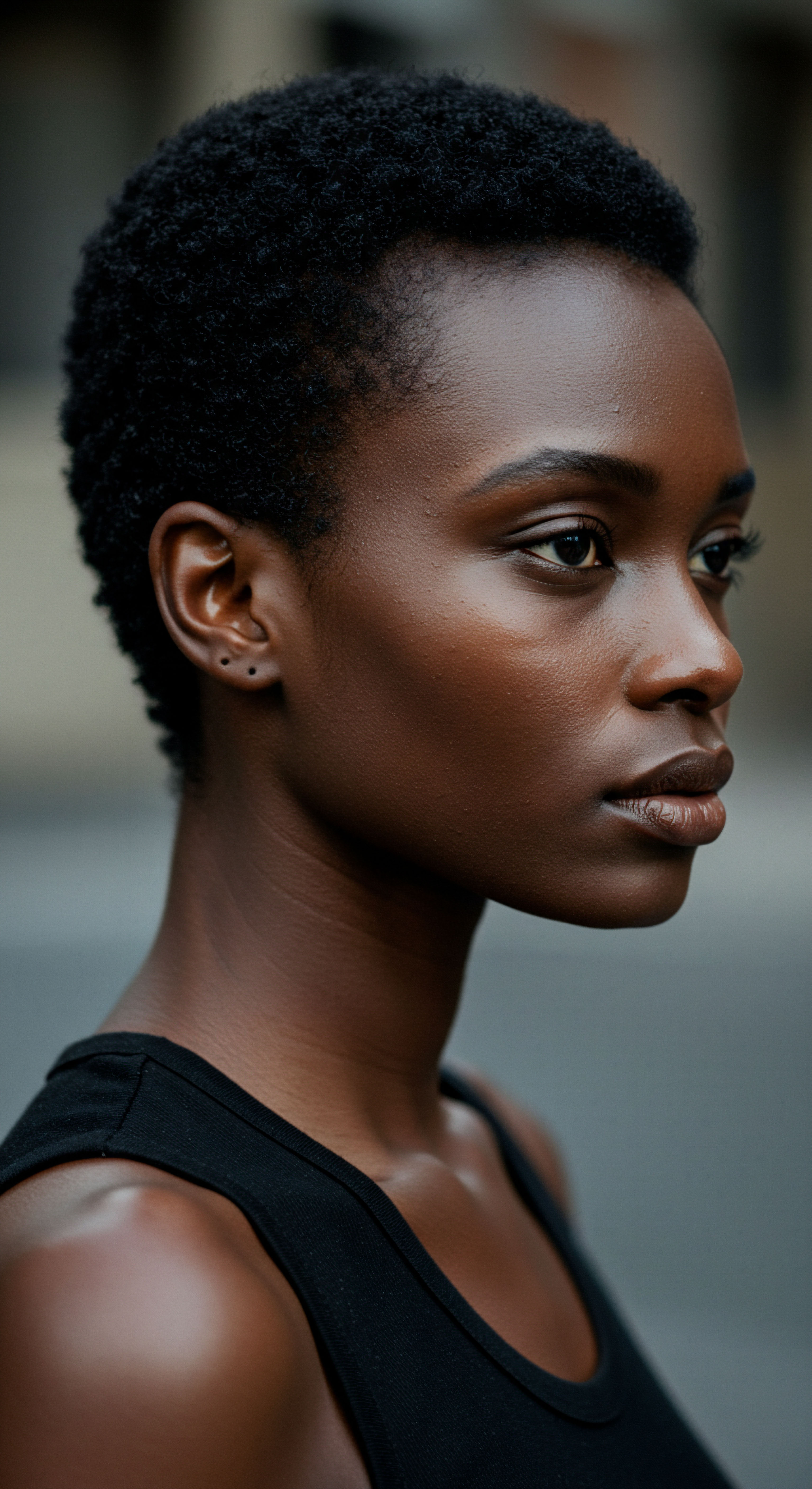
The Global Reach of Textured Hair Culture
Historical perceptions, particularly those disseminated through colonial routes, had a global reach, influencing beauty standards far beyond their origin. The notion that straight hair was superior became a global benchmark, impacting individuals with textured hair across continents. This created a complex web of cultural exchange, sometimes of assimilation, sometimes of resistance.
The global spread of beauty ideals has profoundly shaped, and been reshaped by, textured hair culture.
Today, the internet and social media platforms have facilitated a rapid global exchange of textured hair care knowledge and cultural celebration. Communities formed online transcend geographical boundaries, sharing techniques, product recommendations, and personal stories. This digital “relay” of information and affirmation directly counters the historical isolation and stigmatization that many individuals with textured hair once faced.
From London to Lagos, New York to Nairobi, individuals are connecting, learning from each other, and collectively redefining beauty on their own terms. This interconnectedness allows for a rapid dissemination of research-backed practices and fosters a global solidarity around the celebration of natural hair.
| Era Pre-Colonial (Various Indigenous Cultures) |
| Dominant Philosophy Celebration of natural texture, cultural symbolism, community care. |
| Key Products/Practices Natural oils, plant-based cleansers, intricate traditional styles. |
| Societal Influence Hair as identity, status, spiritual connection. |
| Era Colonial/Post-Colonial (Western Influence) |
| Dominant Philosophy Alteration and conformity to Eurocentric ideals. |
| Key Products/Practices Hot combs, harsh chemical relaxers, heavy greases. |
| Societal Influence Discrimination, internalized beauty standards, economic pressure. |
| Era Late 20th Century (Early Natural Hair Movement) |
| Dominant Philosophy Reclamation of natural texture, rejection of chemical alteration. |
| Key Products/Practices Early natural hair products, focus on moisture. |
| Societal Influence Growing awareness, community building. |
| Era 21st Century (Modern Natural Hair Movement) |
| Dominant Philosophy Holistic health, scientific understanding, diverse expression. |
| Key Products/Practices Specialized cleansers, conditioners, stylers; protective styles; digital community. |
| Societal Influence Self-acceptance, advocacy (e.g. CROWN Act), global solidarity. |
| Era This timeline shows the transformative journey of textured hair care, from oppression to empowerment. |
The legal and social advancements, such as the CROWN Act in the United States, which prohibits discrimination based on hair texture or style, are direct outcomes of this cultural shift. These legislative efforts are not merely about preventing discrimination; they are about dismantling the institutionalized remnants of historical perceptions that deemed certain hair textures unprofessional or unacceptable. The conversation extends beyond individual care routines to broader societal structures, acknowledging that genuine hair wellness includes the freedom to wear one’s hair naturally without fear of prejudice. This multifaceted approach, blending scientific understanding with cultural advocacy, defines the most advanced understanding of textured hair care today.
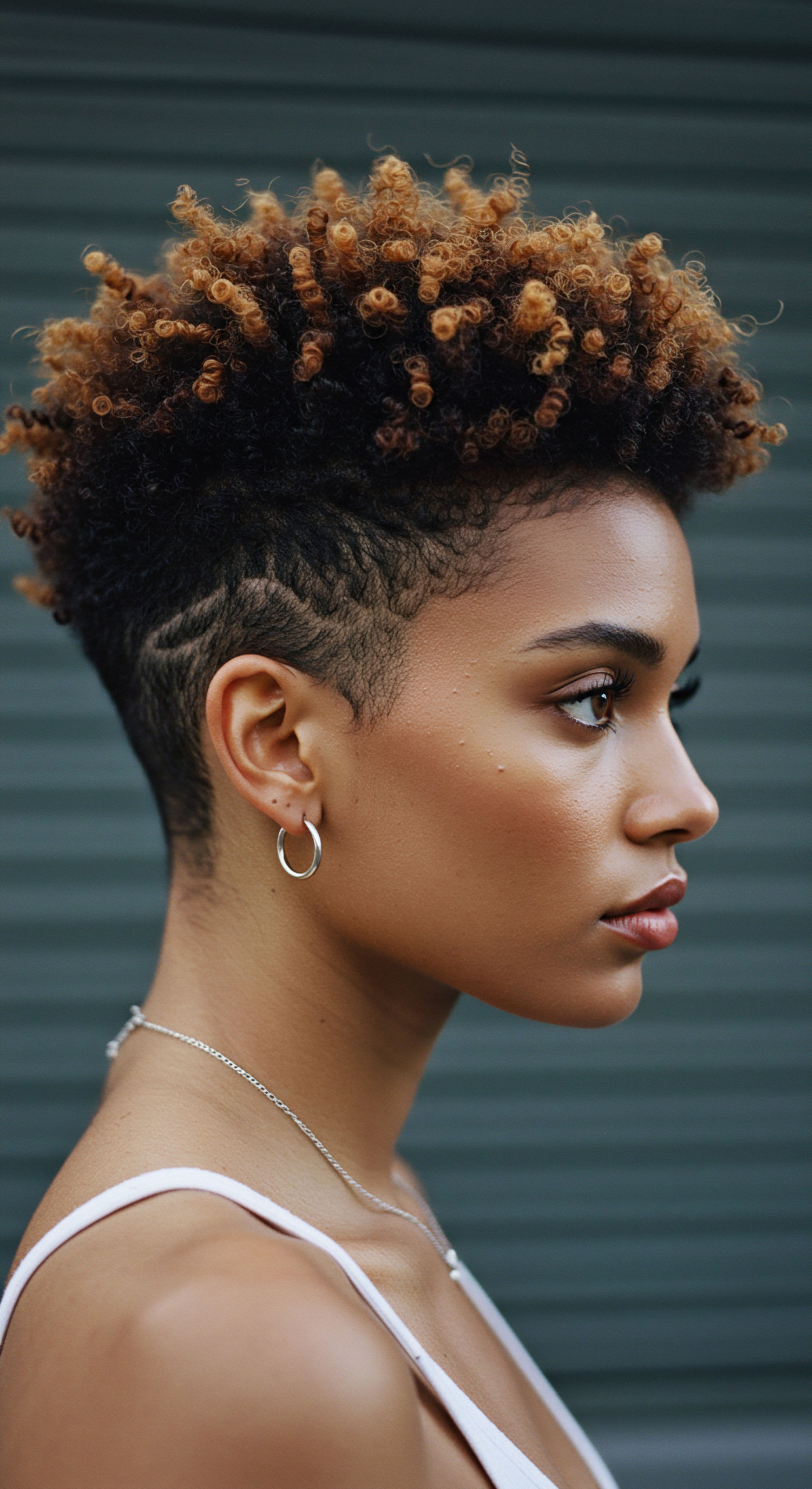
Reflection
As we gently close this exploration, a quiet understanding settles. The story of textured hair, from ancient reverence to modern care, is a testament to human resilience, adaptation, and the profound connection between our outward appearance and our inner spirit. Each coil, each wave, holds not only genetic information but also echoes of history, whispers of struggle, and vibrant songs of reclamation.
The path to truly nurturing textured hair today is a conscious journey, informed by the shadows of past perceptions and illuminated by the growing light of knowledge, acceptance, and self-celebration. It is a path where science meets soul, and every gentle touch becomes an act of quiet affirmation.

References
- Neal, K. M. & Livingston, R. W. (2016). The Hair Dilemma ❉ Examining the Perceived Professionalism of Black Women’s Hairstyles. Journal of Experimental Social Psychology, 68, 114-121.
- Byrd, A. D. & Tharps, L. D. (2014). Hair Story ❉ Untangling the Roots of Black Hair in America. St. Martin’s Press.
- Tye, B. (2017). The Natural Hair Handbook ❉ A Guide to Natural Hair Care and Hairstyles. Createspace Independent Publishing Platform.
- Guerin, C. (2001). The Science of Hair Care. CRC Press.
- Ebony, L. (2018). The Curl Revolution ❉ Hair Care & Styling for Textured Hair. Ulysses Press.
- Mercer, K. (1994). Welcome to the Jungle ❉ New Positions in Cultural Studies. Routledge.
- Banks, I. (2000). Hair Matters ❉ Beauty, Power, and the Politics of Hair in African American Culture. New York University Press.